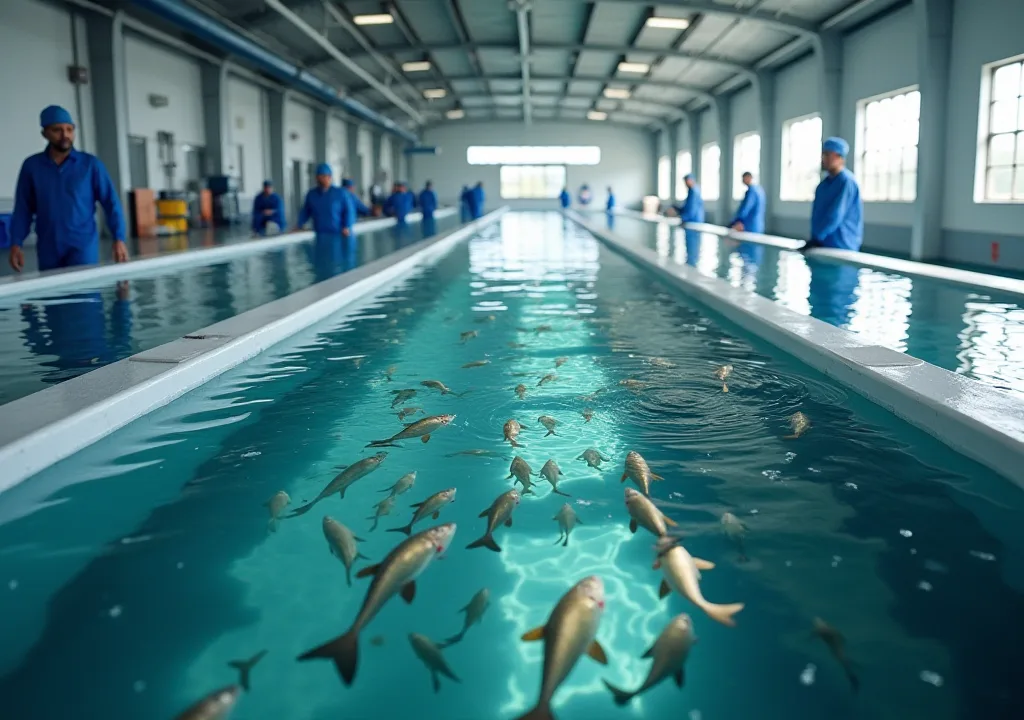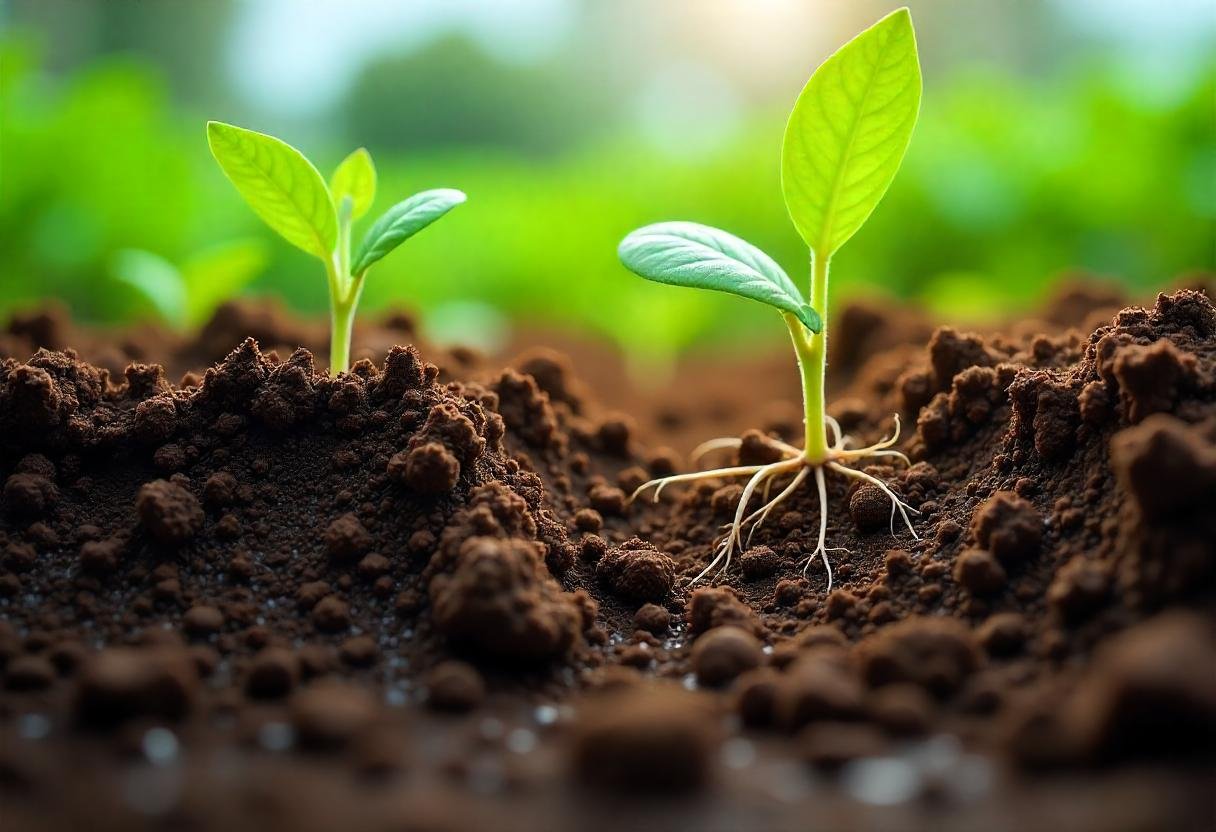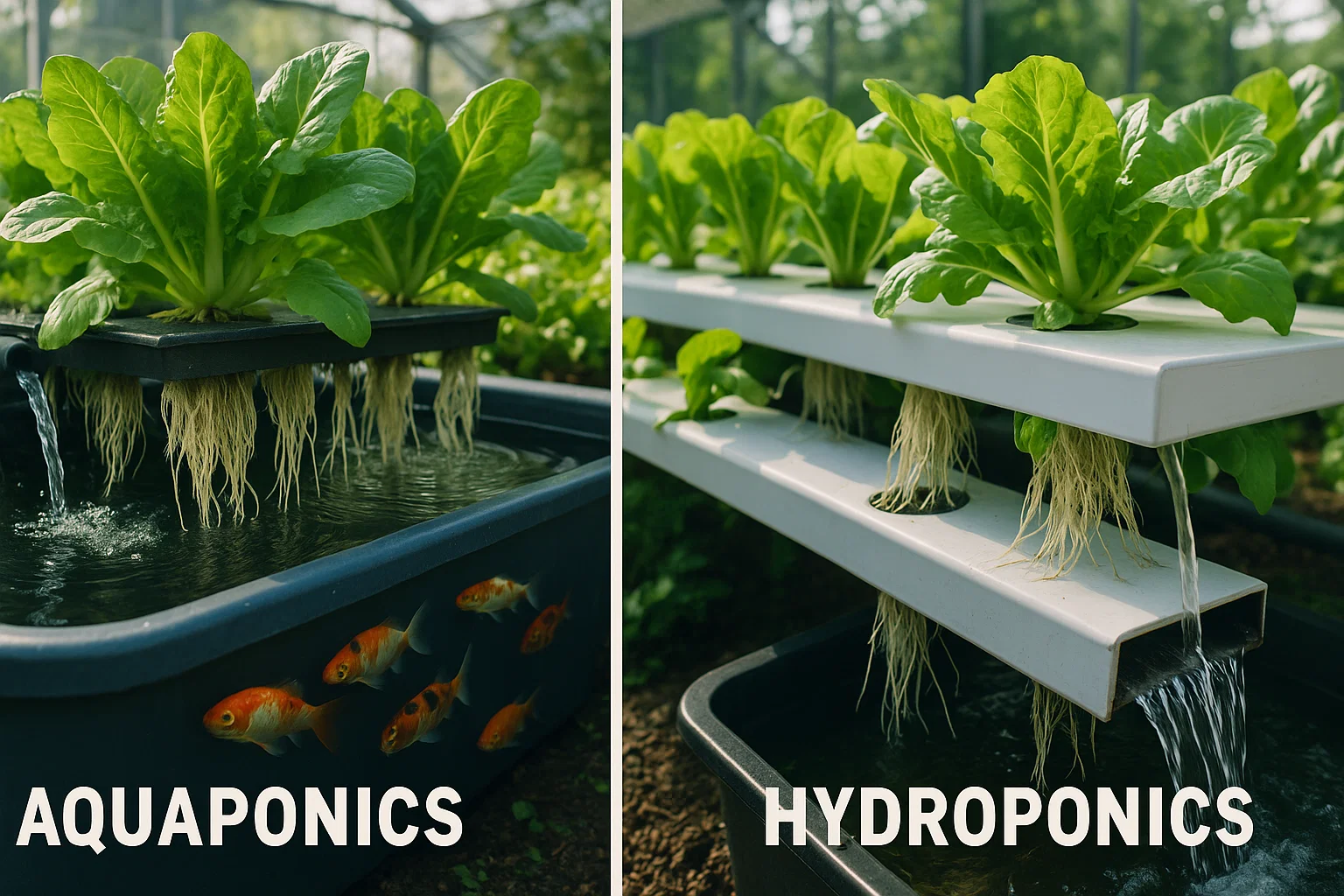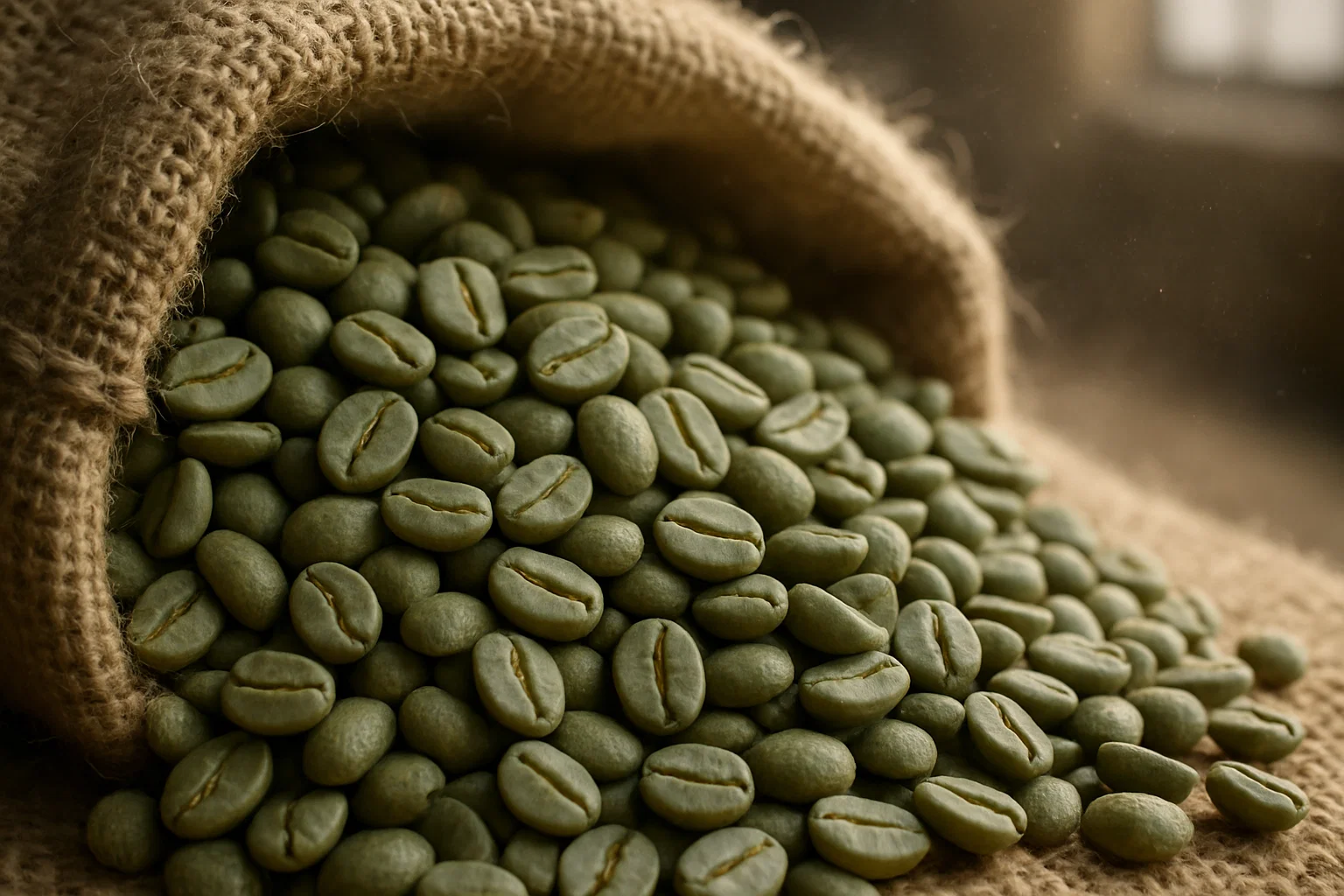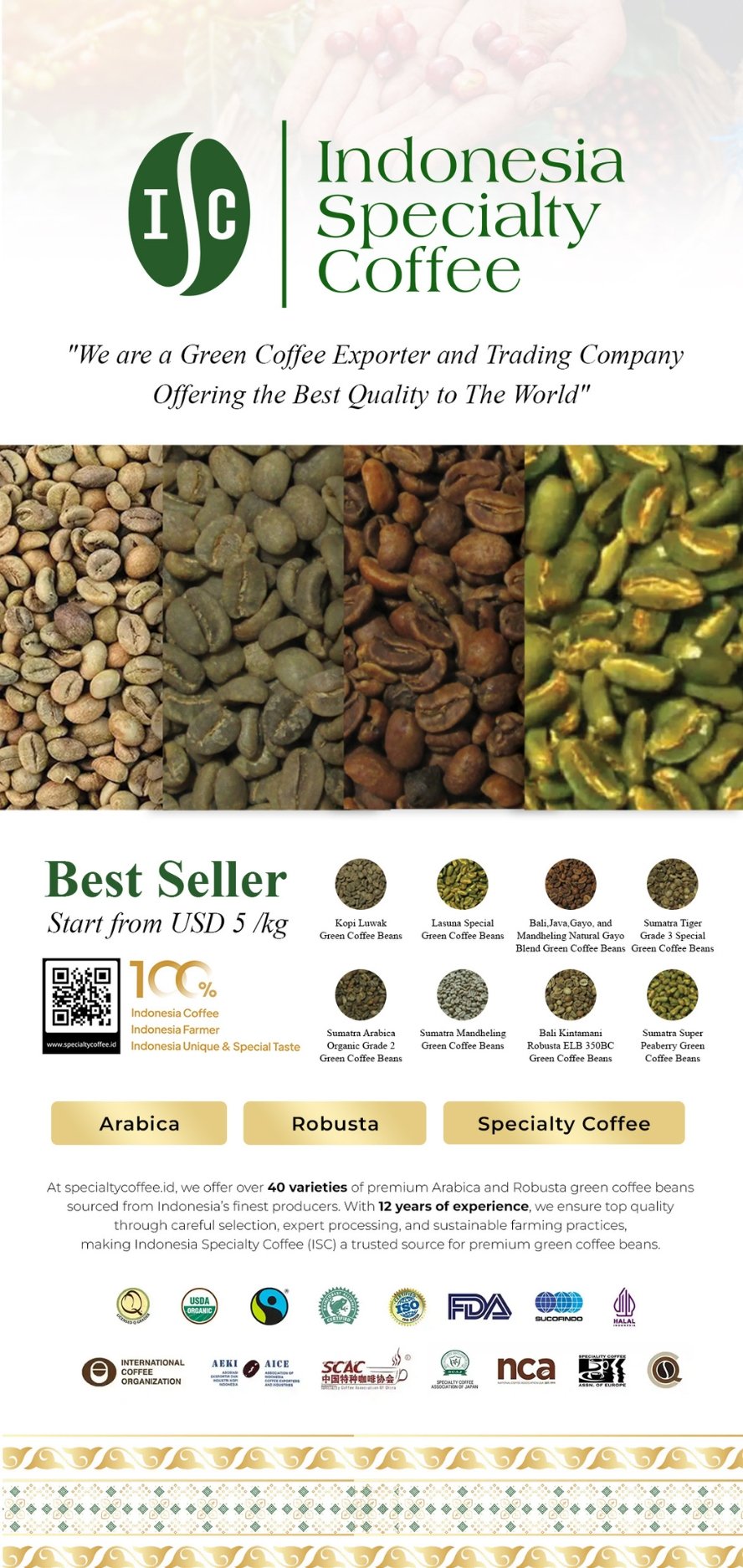In the world of sustainable farming, aquatic farming has become a critical practice in ensuring a stable food supply. While agriculture on land often gets the spotlight, the rise of fish hatchery has played a significant role in shaping global food production and conservation efforts.
But what exactly is a fish hatchery, and how does it contribute to both the fishing industry and environmental sustainability? In this article, FnB Tech will reveal all of that so that you can better understand what fish hatchery is.
Contents
What Is a Fish Hatchery?
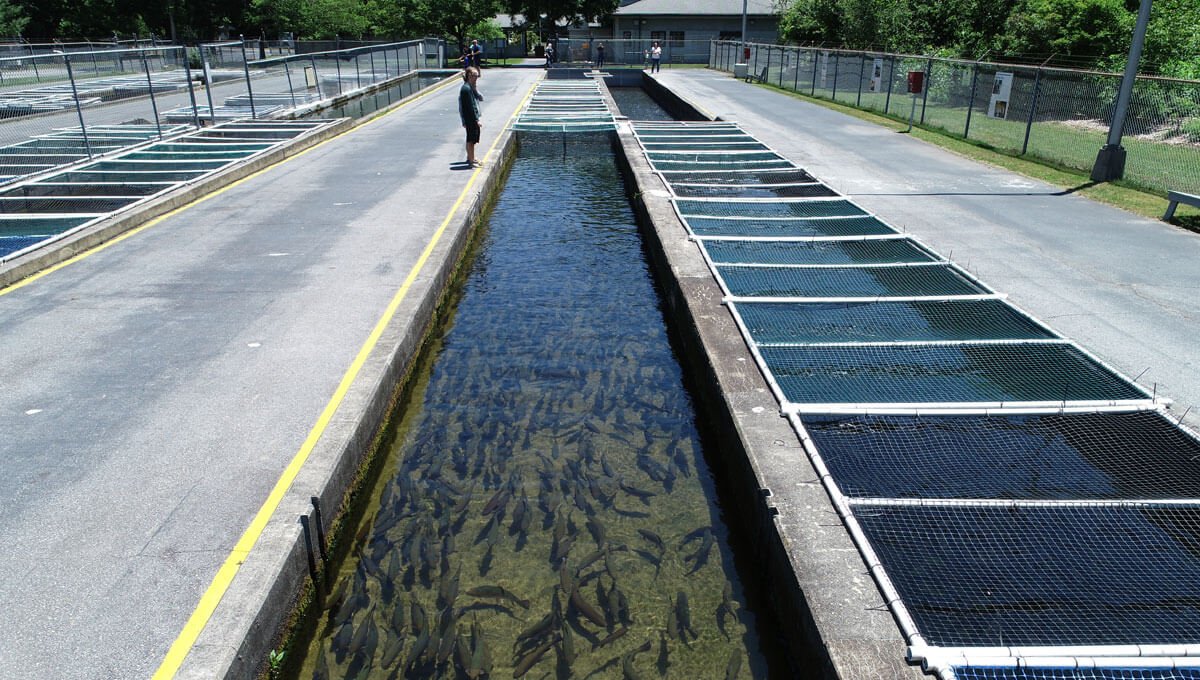
Source: mcgillassociates.com
A fish hatchery is a specialized facility designed for breeding, hatching, and nurturing fish to a certain age before releasing them into the wild or supplying them for commercial purposes. These facilities are essential to fish farming, a practice known as aquaculture, where fish are cultivated in controlled environments.
The primary goal of a fish hatchery is to ensure that fish populations are healthy and sustainable, whether for restocking wild habitats, supporting commercial fisheries, or enhancing conservation efforts for endangered species.
The Role of Fish Hatcheries in Aquatic Farming
Fish hatchery play a crucial role in the broader world of aquatic farming. Aquatic farming refers to the process of cultivating aquatic organisms, such as fish, shellfish, and aquatic plants, for commercial or conservation purposes.
Within this realm, fish hatcheries are responsible for breeding and rearing fish species that can be later introduced into rivers, lakes, or oceans or raised in farmed environments.
A key aspect of fish hatcheries is their ability to manage breeding programs. By selectively breeding fish with desirable traits, hatcheries can produce offspring that are more resilient to disease, grow faster, and adapt better to various environmental conditions.
How Does a Fish Hatchery Work?
Fish hatcheries operate on a set of well-defined processes that help ensure the healthy development of fish from eggs to young fry. Let’s break down the typical stages of a fish hatchery’s operations:
1. Collection of Broodstock
The process begins with the collection of adult fish, known as broodstock. These fish are carefully selected for breeding based on their health, size, and genetic traits.
Broodstock may be wild-caught or raised in controlled environments, but they play a pivotal role in producing the next generation of fish.
2. Spawning
Once the broodstock is ready, the next step is spawning. In many hatcheries, this process is carefully monitored and controlled to ensure that the fish produce viable eggs.
Depending on the species, spawning can occur naturally in tanks or be artificially induced through hormonal treatments.
3. Fertilization
After spawning, the fertilized eggs are collected and fertilized using sperm from male fish. This stage is crucial because fertilization must occur quickly and efficiently for the eggs to develop properly.
In some cases, hatcheries use genetic techniques to select which males and females breed in order to maintain genetic diversity and the desired traits of the species.
4. Incubation
Once fertilized, the eggs are carefully placed in incubation tanks, where they are maintained at optimal temperature and oxygen levels. This stage is vital for the early development of the embryos.
Hatcheries use specialized equipment, such as water filtration systems, to keep the eggs healthy and free of disease. The length of the incubation period varies depending on the species but typically lasts from several days to a few weeks.
5. Hatching and Fry Care
When the eggs hatch, the larvae, or fry, emerge. During this stage, the fry are extremely vulnerable and require close attention to ensure they grow strong and healthy.
Hatcheries carefully monitor the fry’s diet, water quality, and temperature to ensure optimal growth. Some hatcheries also provide special protective conditions to shield the young fish from predators and harsh environmental factors.
6. Release or Harvest
Once the fry have grown to a certain size and are strong enough to survive in the wild or a controlled farm environment, they are either released into natural habitats or moved to larger aquaculture systems. For restocking efforts, hatcheries release fish into rivers, lakes, or oceans to support wild populations.
In the case of commercial farming, the fish are grown to harvest size in controlled environments, such as fish farms, before being sold to markets.
The Importance of Fish Hatcheries for Sustainability
Fish hatchery has become a cornerstone of sustainability in aquaculture and conservation efforts. Here’s why they are so important:
1. Conservation of Endangered Species
One of the primary roles of fish hatcheries is the conservation of endangered and threatened fish species. Many fish populations have dwindled due to overfishing, habitat destruction, and environmental pollution.
By breeding and releasing fish into the wild, hatcheries help rebuild populations and restore ecological balance in natural habitats. For example, hatcheries play a crucial role in salmon conservation by breeding and releasing juvenile salmon to support wild populations in rivers and streams.
2. Restocking Wild Fish Populations
Fish hatchery contribute to the restocking of wild fish populations that have been depleted due to various factors, including overfishing and habitat loss.
By raising fish in controlled conditions, hatcheries can ensure that there is a constant supply of healthy fish to replenish wild habitats, which supports biodiversity and healthy ecosystems.
3. Supporting Commercial Fisheries
Fish hatchery also play a critical role in supporting the fishing industry by providing a steady supply of fish for commercial markets. In some areas, hatcheries produce fish for specific fisheries, such as trout or tilapia, ensuring that these species are available for human consumption without relying entirely on wild catches.
This helps reduce the pressure on wild fish populations and promotes the sustainability of commercial fishing.
4. Enhancing Aquaculture Practices
Aquaculture is a rapidly growing industry, and fish hatcheries are central to its success. By producing fish in controlled environments, hatcheries enable farmers to raise fish in a more efficient and sustainable manner.
This is particularly important for feeding the growing global population while minimizing the environmental impact of fish farming. With innovations in breeding techniques, hatcheries are producing fish that are more disease-resistant, faster-growing, and able to thrive in various environmental conditions.
Challenges Faced by Fish Hatcheries
While fish hatcheries offer numerous benefits, they also face challenges. Some of the most significant obstacles include:
1. Disease Management
Hatcheries are vulnerable to disease outbreaks, which can spread quickly through fish populations. Managing disease is crucial, as outbreaks can cause significant losses in both broodstock and fry.
Hatcheries invest in water treatment systems, biosecurity measures, and research to minimize the risk of disease transmission.
2. Environmental Impact
Fish hatchery require substantial water resources and energy to maintain optimal conditions for breeding and hatching. In some areas, hatcheries must be carefully managed to prevent overuse of local water supplies or negative impacts on surrounding ecosystems.
Furthermore, hatchery-raised fish may introduce non-native species to natural habitats, potentially disrupting local biodiversity.
3. Genetic Diversity
Maintaining genetic diversity in fish populations is critical to avoid inbreeding and the loss of beneficial traits. Hatcheries must carefully manage breeding programs to prevent genetic bottlenecks that could reduce the overall health and resilience of the fish population.
The Future of Fish Hatcheries and Aquatic Farming
The future of fish hatcheries and aquatic farming looks promising. As global demand for fish continues to rise, hatcheries will play an increasingly vital role in ensuring sustainable food production and environmental conservation.
Fish hatcheries will continue to evolve, providing an essential service to both the environment and the fishing industry. As they strive to meet the growing demand for fish while ensuring ecological balance, hatcheries represent a key piece of the puzzle in sustainable aquaculture and the protection of aquatic ecosystems worldwide.
Conclusion
In conclusion, a fish hatchery is more than just a facility for breeding fish. It is a vital part of the broader system of sustainable aquatic farming that supports conservation, commercial fisheries, and ecological health.
As the demand for fish continues to grow and the need for sustainable practices becomes more critical, fish hatchery will remain central to meeting global food needs and ensuring the health of aquatic ecosystems.
By understanding the role of fish hatchery, we can appreciate their impact on the environment, the fishing industry, and the future of sustainable food production.

